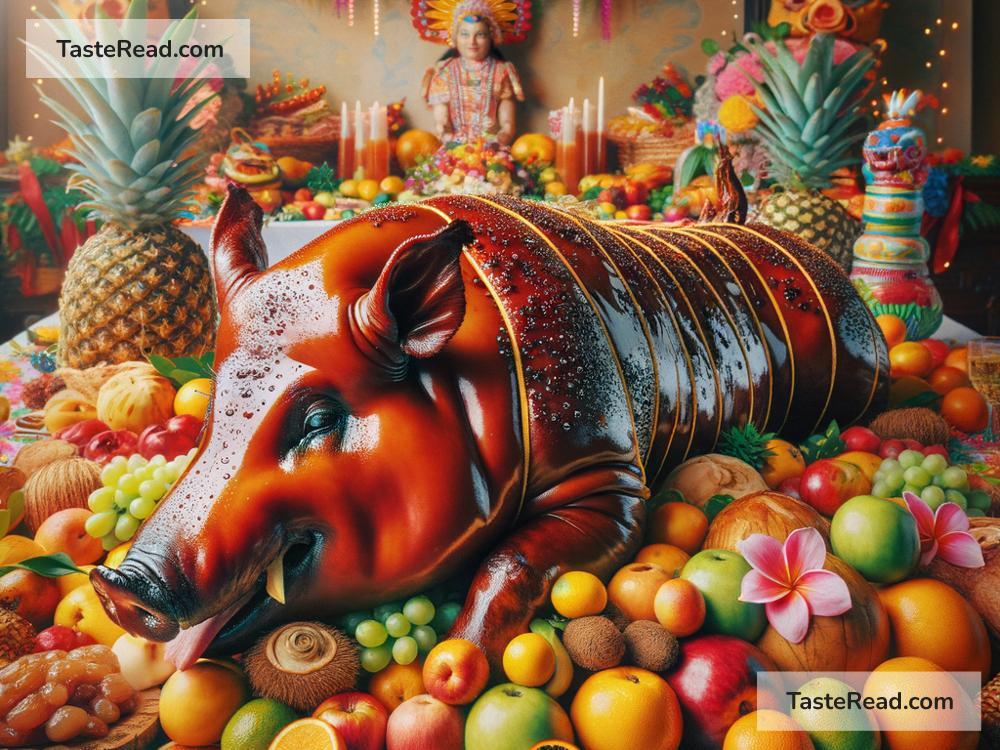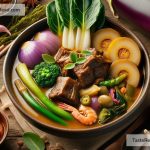Title: Why Filipino Lechon is the Ultimate Celebration Dish
In the heart of every Filipino festivity, there lies a dish so iconic that its presence alone symbolizes a grand celebration. This dish is none other than Lechon, a delicious, mouth-watering roasted pig that is as much a feast for the eyes as it is for the palate. Across the Philippines, Lechon holds a special place in the culture and traditions of its people, and there are several compelling reasons why it is considered the ultimate celebration dish.
The Centerpiece of Filipino Feasts
Lechon isn’t just any dish; it’s a showstopper. At any major gathering, whether it be a wedding, birthday, fiesta, or even a simple family reunion, the sight of a golden-brown, fully roasted pig at the center of the table is enough to make anyone’s mouth water. Its crispy skin and tender, flavorful meat make it an irresistible treat that complements the festive atmosphere of any celebration. The preparation and presentation of Lechon, with its meticulous cooking process and remarkable size, signify abundance and prosperity, which are key themes in many Filipino celebrations.
A Symbol of Hospitality and Generosity
In Filipino culture, hospitality is highly valued, and serving Lechon is seen as an act of generosity and a way of showing respect to guests. The effort and resources that go into preparing and serving Lechon at a gathering speak volumes about the host’s desire to provide the best for their guests. It’s as if the dish itself is a warm welcome, inviting everyone to eat, enjoy, and celebrate together. This sense of community and sharing is what makes Lechon more than just food—it’s a culinary embodiment of Filipino hospitality.
A Culinary Tradition
The tradition of cooking and serving Lechon dates back centuries and is deeply ingrained in Filipino culinary culture. The cooking process itself is an event, often involving the whole community or family. The pig is stuffed with a variety of herbs and spices, including lemongrass, onions, garlic, and bay leaves, then slow-roasted over an open fire for several hours, ensuring every part is cooked to perfection. This tradition is passed down from generation to generation, each adding its own touch but preserving the essence that makes Lechon a cherished dish.
The Ultimate Comfort Food
For many Filipinos, Lechon evokes a sense of nostalgia and comfort. It’s a dish that reminds them of home, of family gatherings, and of joyous occasions shared with loved ones. Eating Lechon, with its rich flavors and textures, is a sensory experience that transports people back to their happiest memories. It’s not just comfort food; it’s a comfort dish that carries with it the warmth and love of Filipino families and communities.
Diverse Regional Variations
While Lechon is a nationwide favorite, various regions in the Philippines have their own unique takes on the dish. For instance, Lechon Cebu is famous for its succulent meat and skin that’s perfectly crispy, without the need for sauce due to the aromatic blend of spices used in preparation. Meanwhile, in Manila, Lechon is often served with a thick liver-based gravy called “sarsa.” These regional variations add a rich diversity to the Lechon tradition, showcasing the creativity and adaptability of Filipino cuisine.
Conclusion
Filipino Lechon is so much more than a dish; it’s a cultural icon that represents the joyful spirit, unity, and rich culinary heritage of the Philippines. It’s a symbol of celebration, signifying special occasions and bringing people together in a shared experience of good food and good company. The ultimate celebration dish, Lechon not only delights the senses but also warms the heart, making every occasion it graces truly memorable. Whether you’re partaking in a grand feast or a simple gathering, Lechon is a testament to the love, generosity, and bond of the Filipino community, making it rightfully the star of any celebration.


